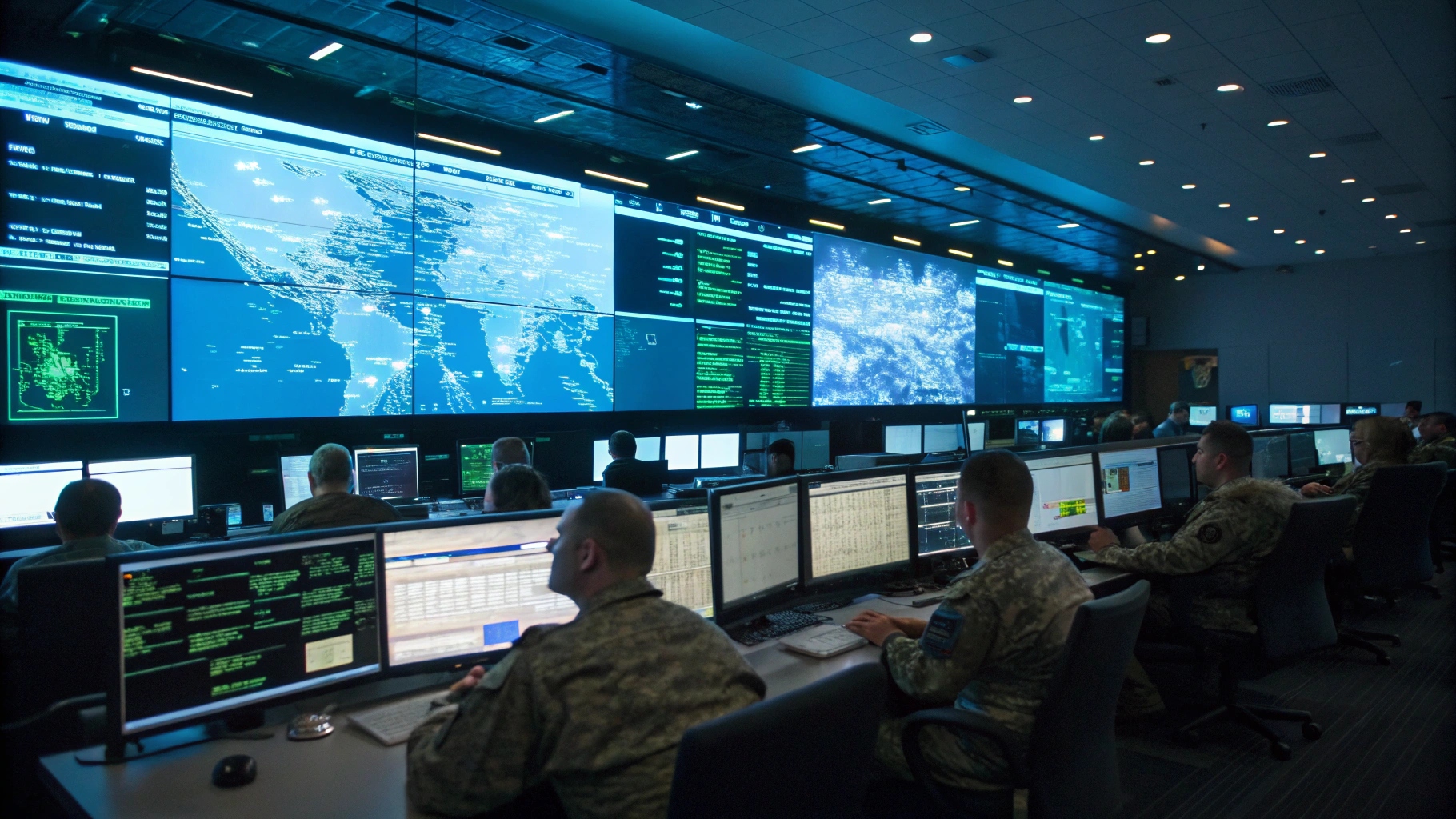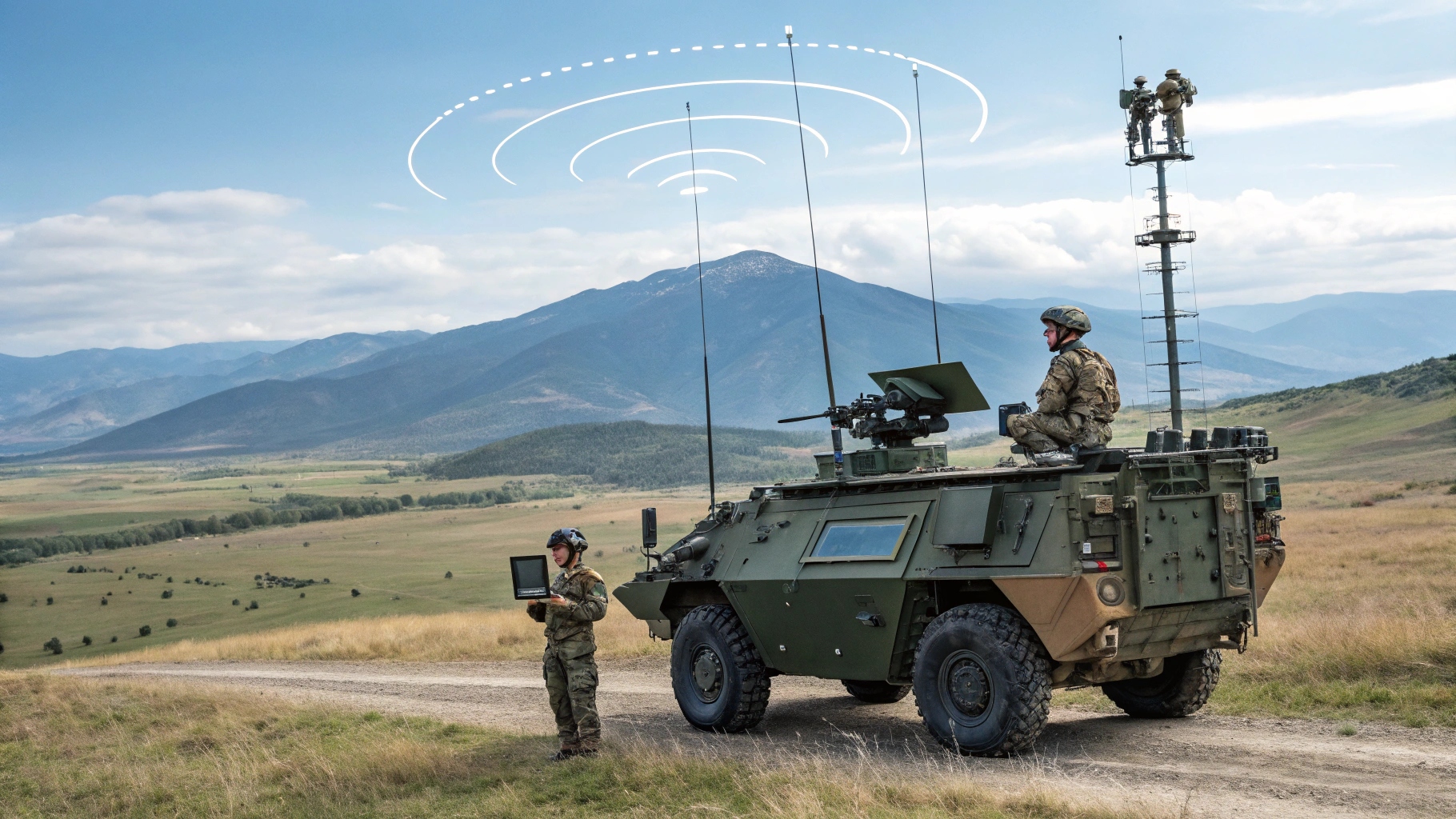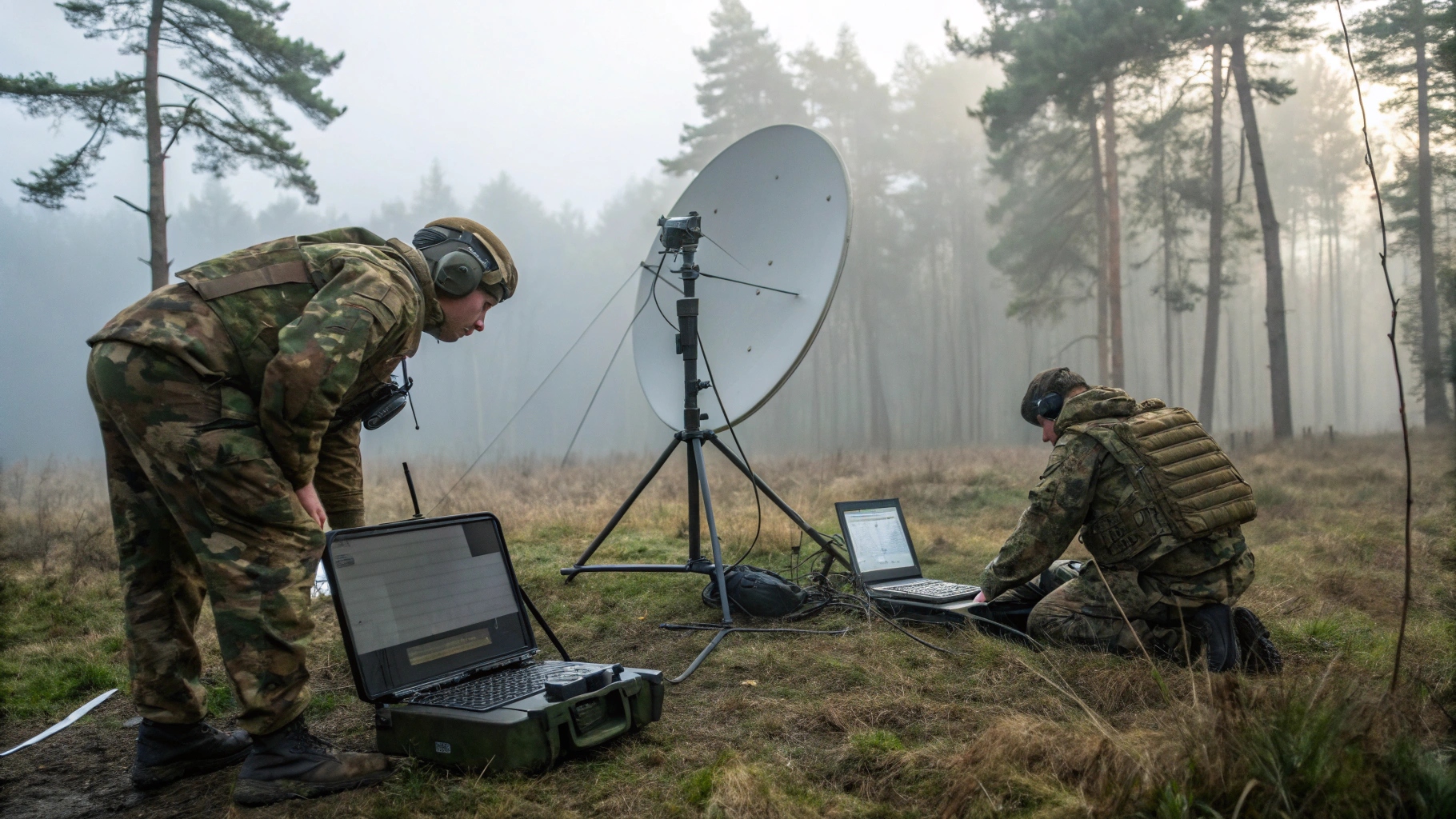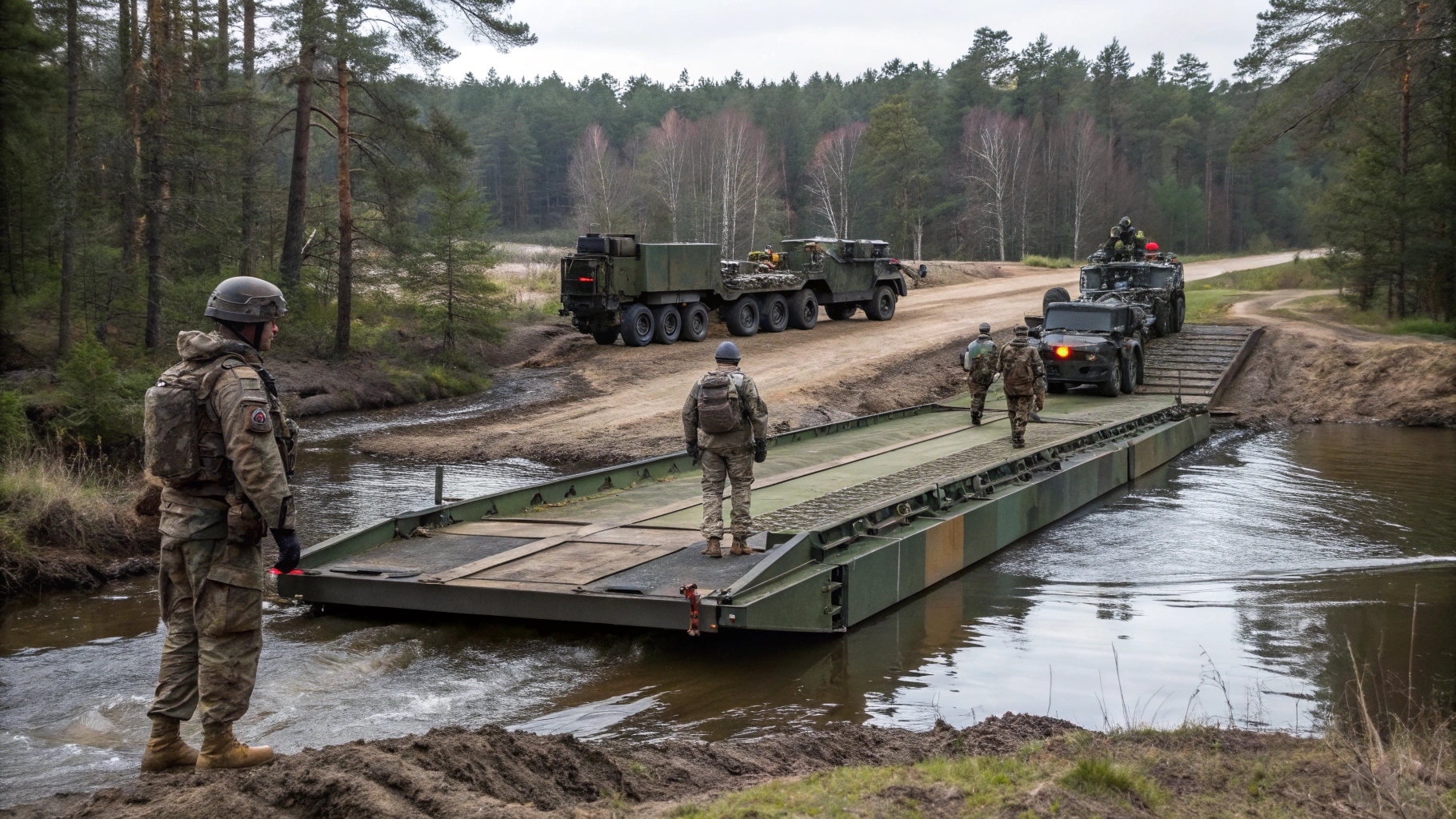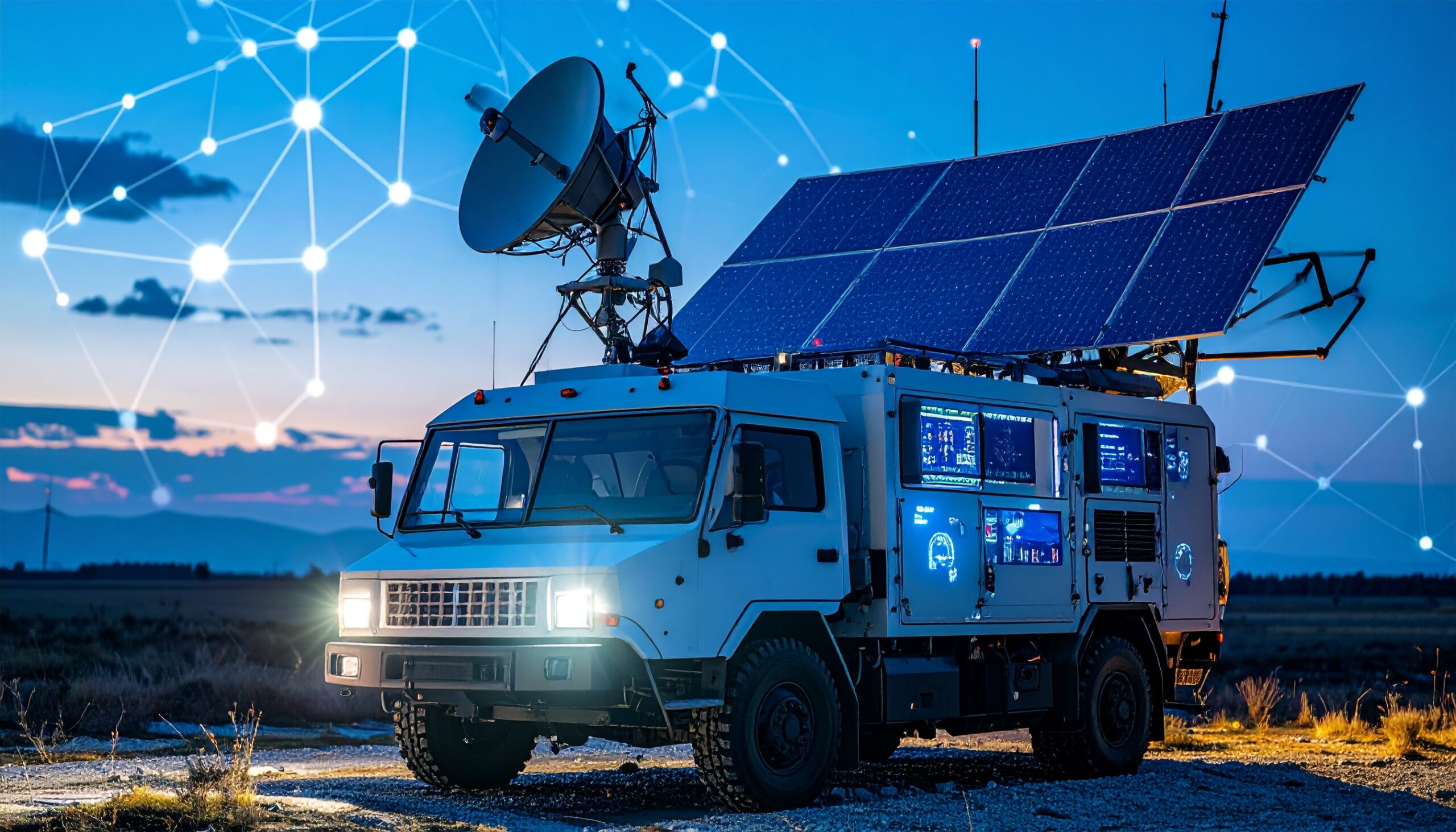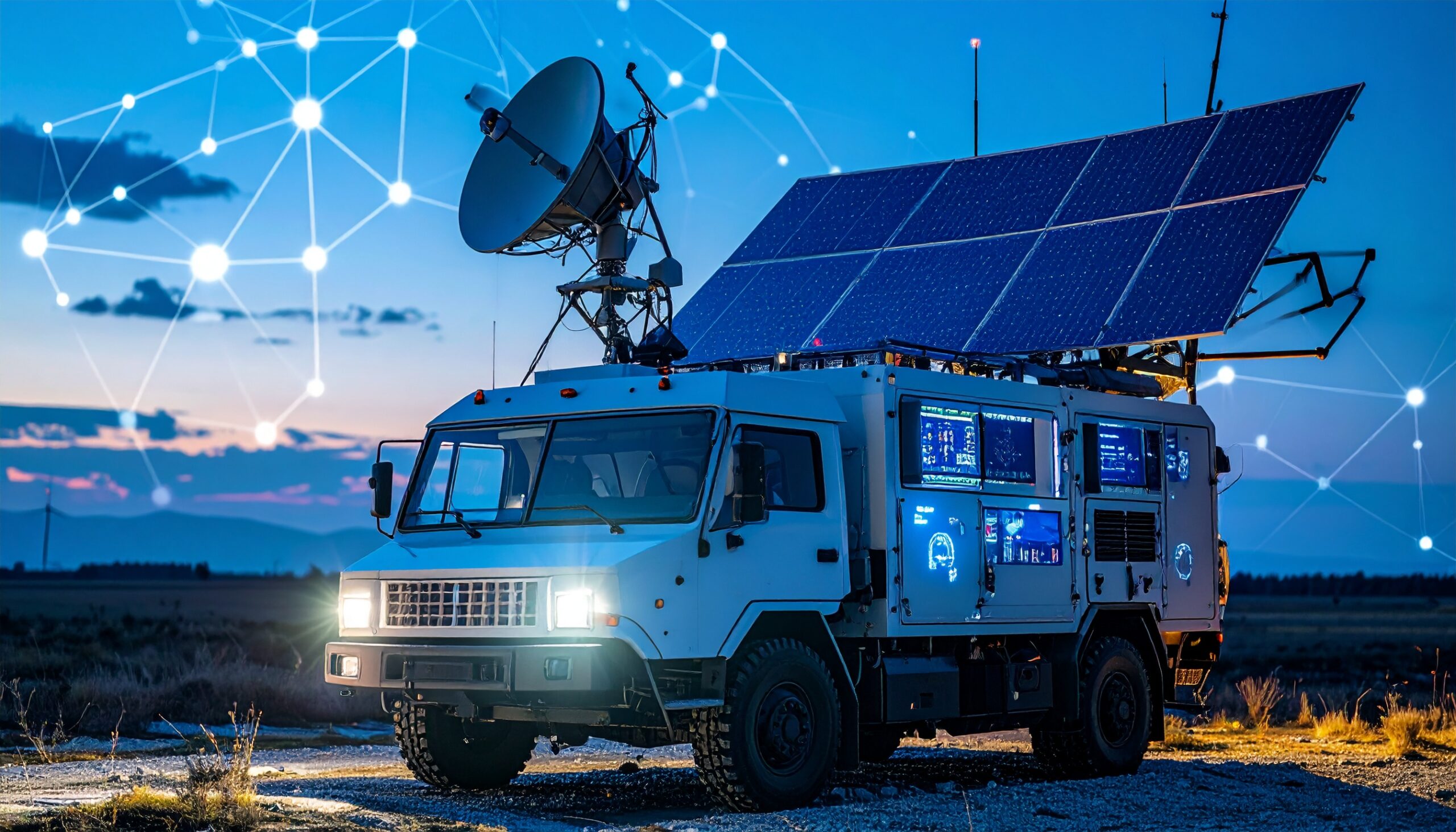
US-based Dedrone, now part of Axon, has joined forces with Germany’s TYTAN Technologies to enhance NATO’s defense against the growing drone threat. The collaboration merges Dedrone’s AI-powered airspace monitoring system with TYTAN’s autonomous interceptor technology to deliver a full-spectrum counter-unmanned aircraft system (C-UAS) capability. This joint solution is designed to detect, track, and neutralize hostile drones ranging from small commercial UAVs to larger, military-grade Group 3 platforms.
Dedrone’s Tracker.AI platform, operational across more than 30 nations, has logged over 800 million drone detections worldwide. The system fuses radar, radio frequency, optical, and acoustic data streams into a unified operational picture, providing NATO forces with real-time situational awareness. TYTAN’s interceptor drones bring the kinetic element to the partnership, enabling forces to rapidly eliminate airborne threats once detected.
The move comes as NATO members ramp up counter-drone initiatives, spurred by lessons learned from the conflicts in Ukraine and the Middle East. These wars have demonstrated how inexpensive, commercially available drones can inflict substantial damage on critical assets and overwhelm traditional defenses. To counter this, European allies are expanding investments in advanced C-UAS systems.
Germany has tasked Hensoldt with upgrading its counter-drone infrastructure at key military installations and airports, while France has placed a $600-million order for new counter-drone and air defense systems under its Military Programming Law 2024–2030. Additionally, the European Union is developing a “drone wall” along its eastern frontier, integrating sensors, radars, and interceptor drones into a coordinated air defense shield against hostile aerial incursions, particularly from Russia.


